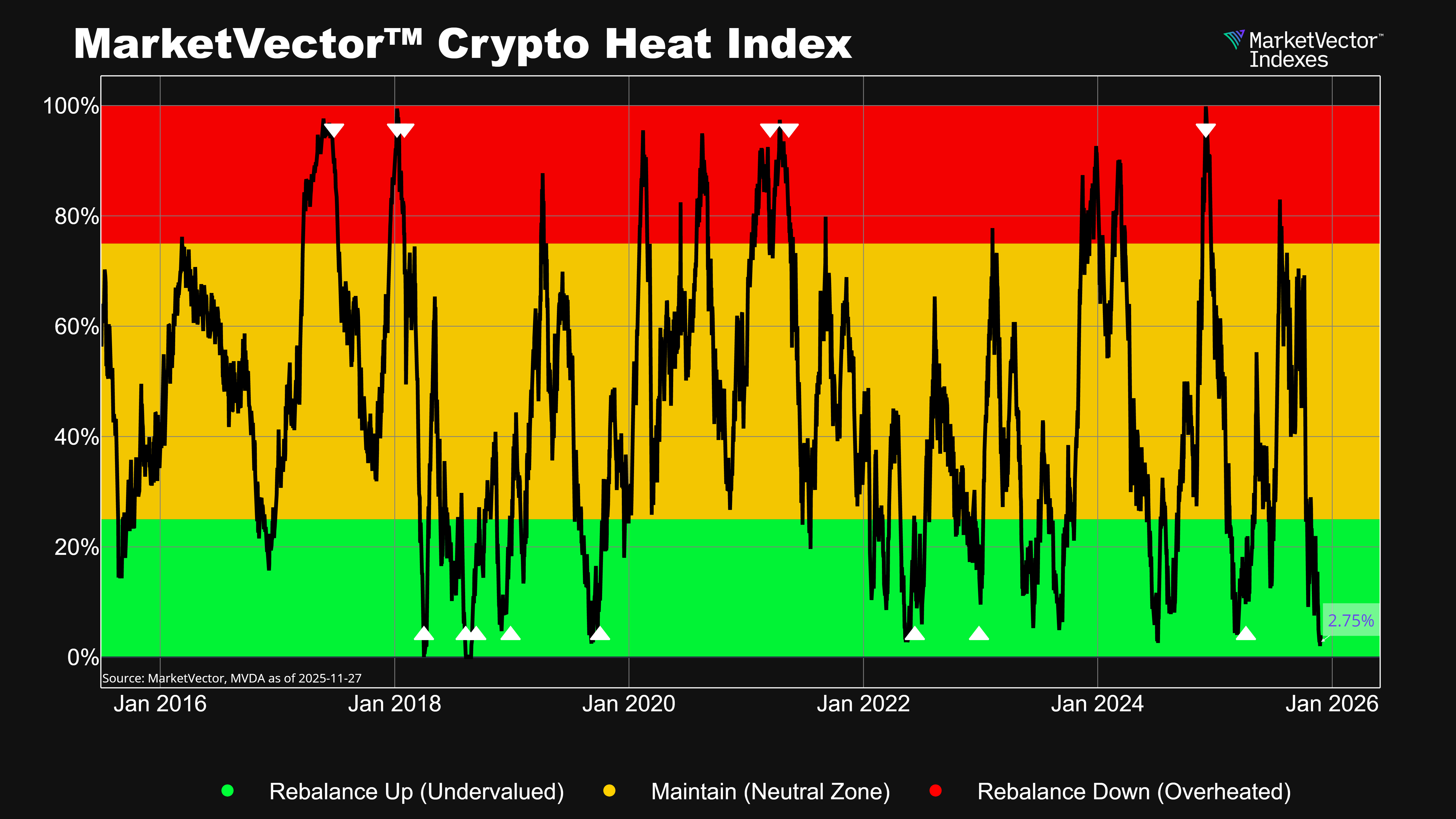By 2022, the cumulative data volume had soared to approximately 97 zettabytes1. To put this into perspective, one zettabyte amounts to 10^21 bytes, equivalent to roughly one trillion books' worth of data. However, even this comparison fails to fully showcase the sheer size of stored data.
The magnitude of this size requires efficient storage, management, and implementation to get the best available information in the shortest time possible. In recent times, storage needs have been addressed by cloud technology, which uses remote servers eliminating local drive/datacentre storage.
In terms of data management, structured data can be stored and retrieved in tables. Unstructured data like photos, emails, and documents which are growing exponentially require an additional layer of data called ‘metadata’ which provides an ID for such datasets. At an aggregate level, even metadata may fail to cover all the unstructured data which is now being tackled by artificial intelligence and machine learning models. These algorithms are designed to study and train on the vast unstructured data and find out patterns of matching data. AI and ML algorithms continuously improve their efficiency through feedback mechanisms. As they process more data and receive feedback on their performance, they adapt and refine their algorithms to achieve higher accuracy and effectiveness in identifying patterns and making predictions.
Very recently, AI has also been utilized for predictive analysis, where historical data is analyzed to forecast future trends or outcomes. By analyzing patterns and correlations within the data, AI algorithms can make predictions about future events or behaviors, enabling organizations to make informed decisions and take proactive measures.
BlueStar® Big Data & AI Index (BDAI), which tracks the performance of companies that are involved in the Big Data and Artificial Intelligence industries was up ~77% in YoY.

Source1: https://rivery.io/blog/big-data-statistics-how-much-data-is-there-in-the-world/
For more information on our family of indexes, visit www.marketvector.com.
Get the latest news & insights from MarketVector
Get the newsletterRelated:




